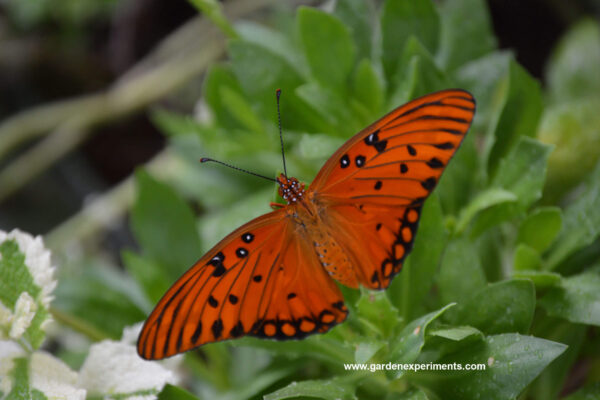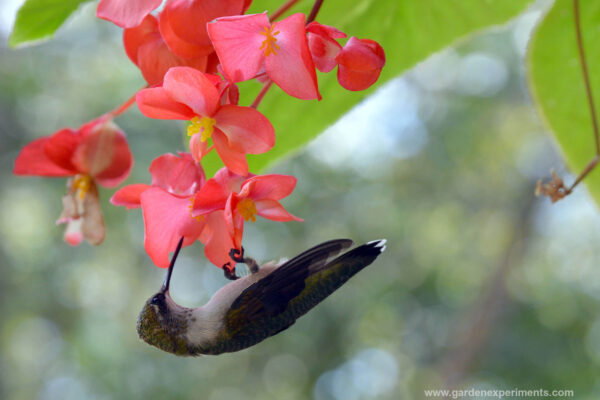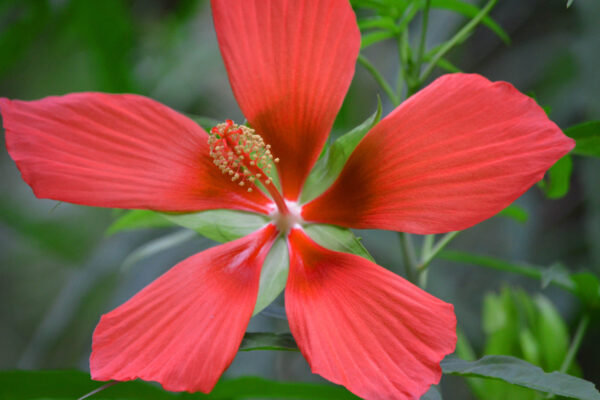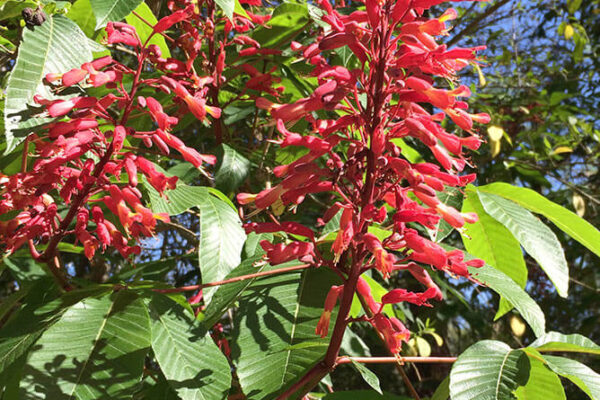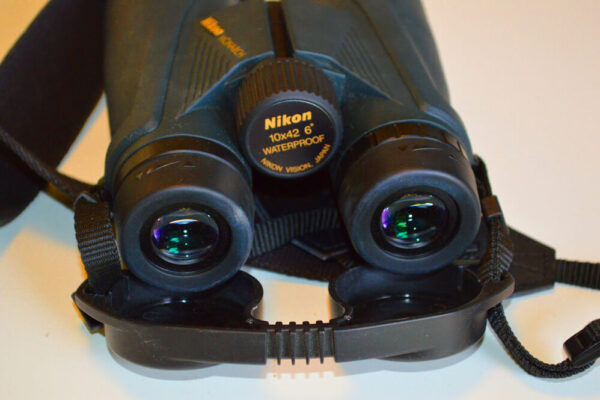You can attract Gulf fritillary butterflies to your yard and garden by providing food plants (flowers), caterpillar host plants, water, and shelter for the butterflies. Here are some tips for the plants to include in your garden for Gulf fritillaries. Gulf fritillary butterflies (Dione vanillae -- formerly Agraulis vanillae) are orange, black, …
Continue Reading about How to Attract Gulf Fritillary Butterflies to Your Garden

